

Republic of Indonesia Sumba Island 16~24 December, 1990
インドネシア スンバ島 1990.12.16〜24


インドネシアの綿織物を研究する研究者の随行でスンバ島を取材する機会に恵まれた。スンバ島はジョグジャカルタから10人乗りの小さな飛行機で行く小さな島、上空からは小さな山と集落、椰子の木が見える長閑な島。
現地で日本語通訳の案内人とドライバー付の車をチャーターし村々を訪問した。インドネシアは第2次大戦中日本が支配していたこともあり、年配者は、子供の頃、日本文化を強制的に教えられたせいであろうか、日本の唱歌・軍歌、日本語が少し話せる。しかし、日本人に対しては友好的で、「オランダから開放してくれた」とも話していた、私としては、ちょっと複雑な気持ちであった。
幾つかの村を訪ねたが、村に着くと最初に首長(村長)に挨拶し、取材許可(金銭を渡す)をもらい、それから村に入る。村人は首長がOKすれば、私たちは「お客様扱い」かなり自由に取材ができた。綿織物の取材写真の後、私は村人たちとコミュニケーションをとった。子供たちはキャンディーを欲しがり群がってくる。そして、大人たちは、タバコ、使い捨てのビニール袋を欲しがる。ビニール袋をあげると、とても嬉しそうにシワを延ばし大切にしまった。日本から見れば貧しく物の無い生活だが、表情はとても明るい、また、ホテルで用意したお弁当を食べていると、遠巻きに、数人が隠れるように見ていた。私が食べ終わり、弁当の容器を処分しようとしたら、ガイドから「そのままに」と指示があったので、言われたとおりにし、その場を離れると、遠巻きに見ていた大人、子供が、捨てた弁当に群がり、僅かに残っている残飯を奪い合いむしゃぶる子供やビニールを取り合う大人たちで大混乱になった。
この光景は、貧しい国でしか見られない、日本の子供たちに、この現状を見て、感じて欲しいものである。
いかに日本が物で溢れて、無駄にしているかを、今一度、考えて欲しいものである。いつのまにか大量消費の使い捨て時代になり、物を大事にしない世の中になってしまった日本。年配者は、戦前〜戦後の時代を思い出し、若い人たちはこのスンバ島の現状を自分の目で確かめて考えて欲しい。そんな気持ちでいっぱいになった。
I was endowed at an opportunity to collect
data on Indonesian Sumba Island in the attendance form of the researcher who studied
Indonesian cotton textiles.
A Sumbawa Island is the quiet island where
a small mountain and a village, a palm tree are seen from a small island, the
sky boarding a small airplane of 10-passenger from Djokjakarta.
I chartered a car with a Japanese guide and
screwdriver locally and visited villages.
World War II Naka Nihon occupies
Though it was occupied, I was friendly for Japanese
and talked even if I "opened it from the
I visited some villages, but I say hello to
a chief (a village mayor) first and I hand money and get coverage permission
when I arrive at the village and then enter the village.
When a chief admitted it, we were treated
like a visitor, and a villager was cooperative, and coverage was possible
considerably freely.
I regarded communication as villagers after
the coverage photography of cotton textiles.
The children want candy and cluster. And
adults want a cigarette and a disposable plastic bag. I postponed a wrinkle
very joyfully and valued it and waited when I put up a plastic bag.
Moreover, the hiding of several that we had prepared at the hotel for Tooma
to come when eating one's lunch was seen.
And, it dissolved into chaos by adults who
struggled for children who deprived of the leftover that crowded the box lunch
that we threw away by the adult and the child who was looking finished eating
by us, and left the place by it so that Tooma might come, and remained slightly
and vinyl’s.
This scene watches these present conditions
to Japanese children seen only in a poor country and wants you to feel it.
I want you to think once again
I thought that "the old people wanted
the young people who wanted you to remember Japan of the postwar times for the
Pacific Wars checked the present conditions of this Sumbawa Island with one's
eyes and to think" as for me.
<ジャカルタから10人乗りの飛行機で、空路スンバ島へ >






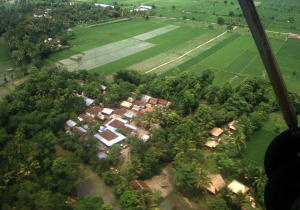
<市場にて>
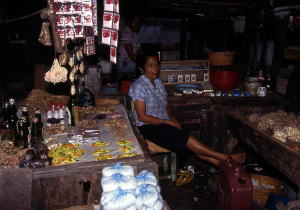










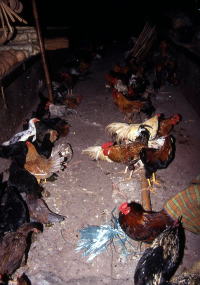

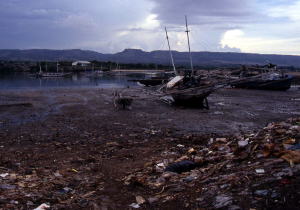

<輪にして、エビの稚魚を捕まえて、ビニール袋に入れて養殖場へ。大きくしてから日本へ!>


<村を訪ねて>




<スンバ島には巨石文化がある。大きな石の墓>


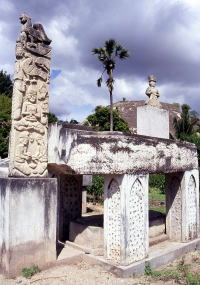



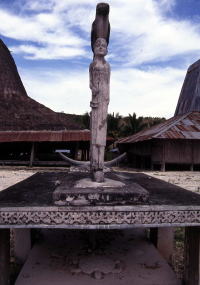

<綿織物:床下・家の中・家の外、いろいろな場所で機織りしている>
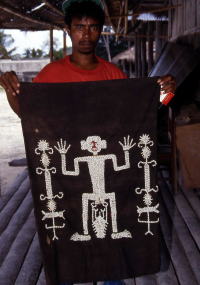




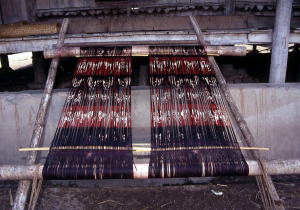
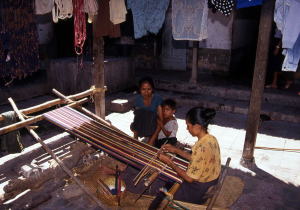

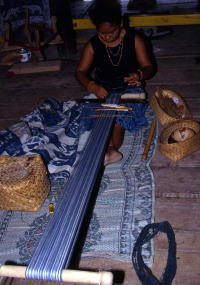



<織物は天日干しする>

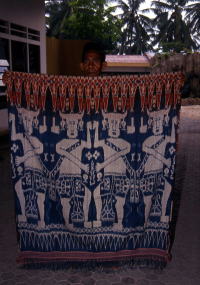

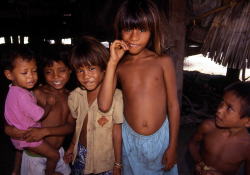



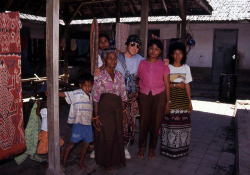





<トランプで遊ぶ> <長老は死なず> <井戸から水を汲む> <村中で今夜食べる豚>


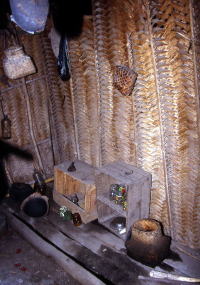
<ポンプ式の井戸> <家の骨格> <祭壇>

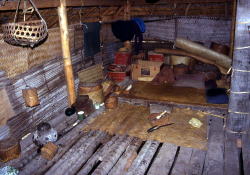

<炊事場、犬もいれば鳥もいる> <食糧置き場> <食器置き場>


<自転車で来る雑貨屋さん> <食べる為に飼っている>